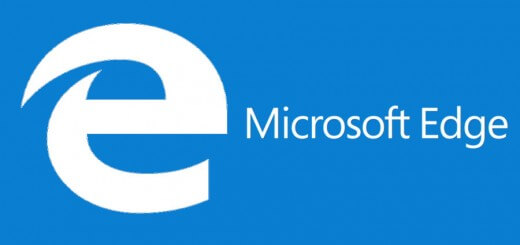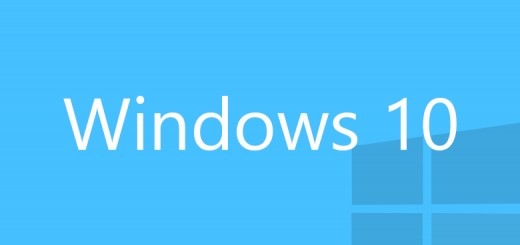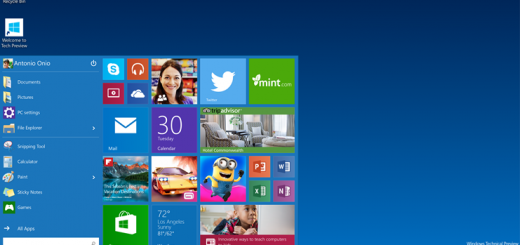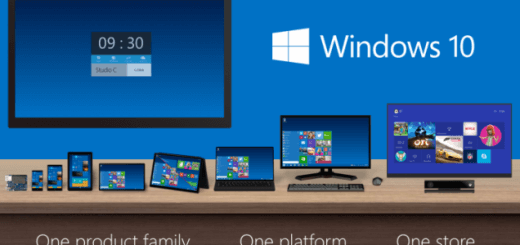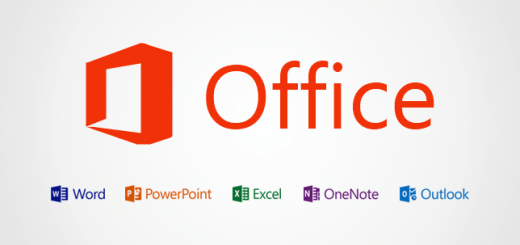The long-awaited Windows 10 update is here — and it’s a mess

Built with promises of “improving the Windows 10 update experience with control, quality, and transparency,” it’s apparently anything but.
“It’s a classic anxiety dream,” writes Ed Bott at ZDNet. ”You’re in math class. You didn’t study for the test. You watch as the professor scratches out what appear to be hieroglyphics on the chalkboard, and you have absolutely no idea how all those symbols and variables fit together. And then she calls on you.”
“That’s how I felt last week as I tried to make sense of what’s going on with Microsoft’s rules for deferring updates in Windows 10.”
The key issue
While Microsoft’s Mike Fortin announced that Microsoft put the kibosh on the much-hated forced trigger, its ballyhoo turned out to be nothing more than lip service.
Bott thinks the biggest wrinkle will come when consumers actually install the update and discover that processes differ depending on what version of Windows is on the user’s machine — Home, Pro, or Enterprise for Education.
Home version: Rather than the ability to automatically defer any updates, all that’s allowable is the option to manually pause updates for a maximum of 35 days. If the user wants that pause to stay in place for subsequent updates, they’ll have to repeat this step each and every time an update is released.
What’s worse is that Microsoft has “end-of-service dates” built in to Windows 10 versions. When that date comes, the next round of updates will be installed automatically, no matter if you’ve set them to manual or not.
Pro version: Paying the extra $60 for the upgrade comes with some bells and whistles that are better suited for a networked business, but it also allows the business’ IT administrator to defer policies for both feature and quality updates.
Enterprise or Education: This equates to essentially the same updating tools as the Pro version. Bott found the major difference relevant to service and support is the (up to) 36-month service period versus the 18-month servicing support period for Home and Pro editions.
Wait-and-see might be the best way to go
Waiting three years for an update was already a stress point for Windows 10 users, but putting consumers through a bunch of misaligned hoops may be asking too much.
If you’re a Windows 10 user, short of pulling your hair out, maybe you should press your own pause button and sit tight until Microsoft figures a way out of this mess.
However, if you’re brave enough to roll the dice and see if the Windows update is something you can live with, the installation instructions are available on Microsoft’s website.
Source: consumeraffairs.com

